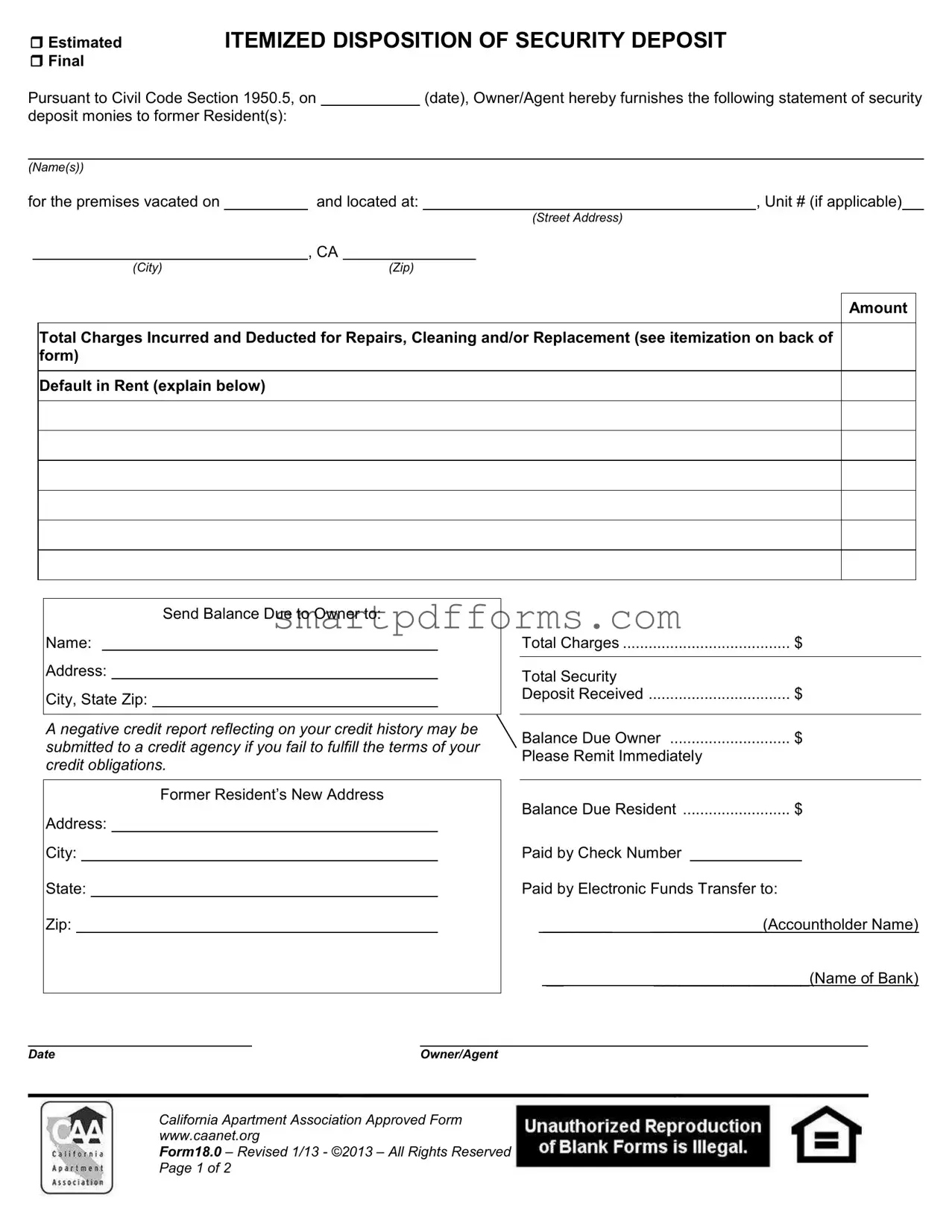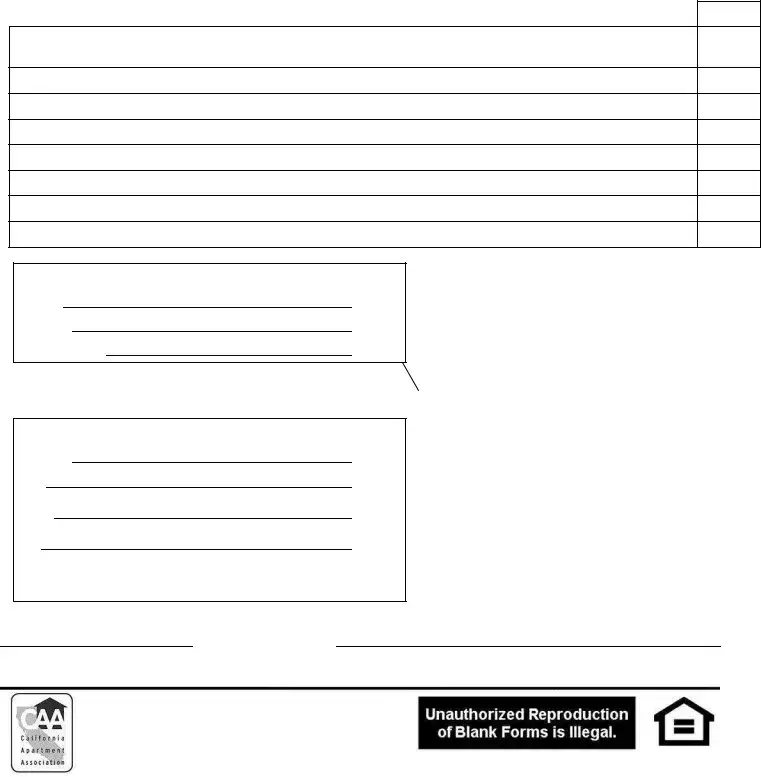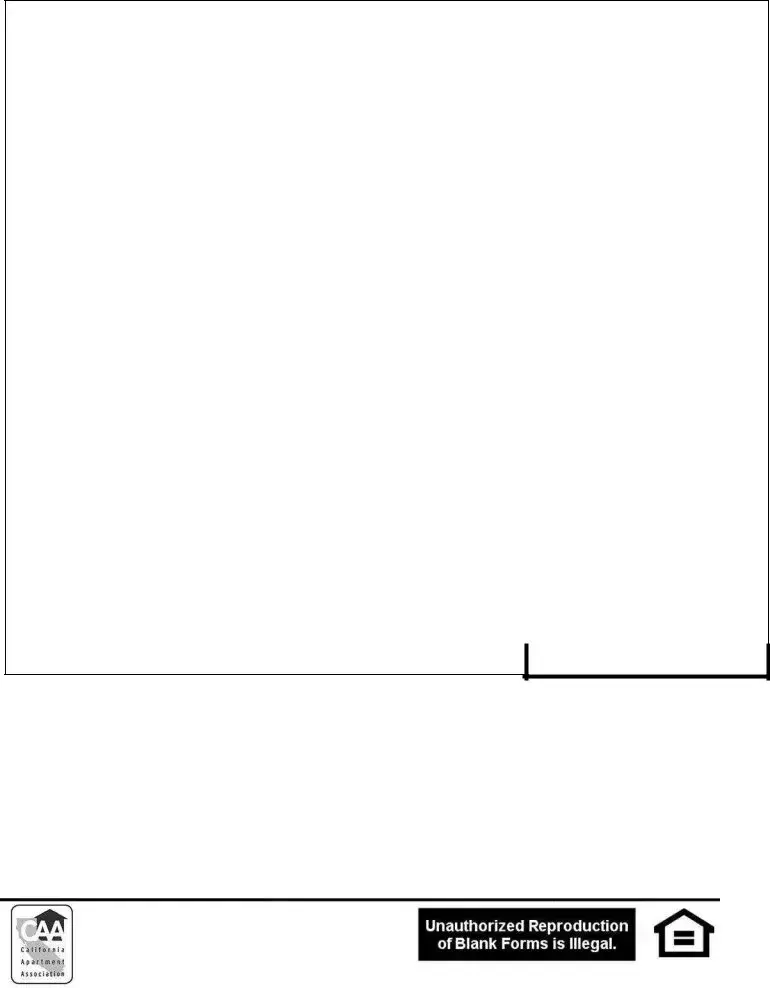Blank Itemized Disposition PDF Template
The Itemized Disposition of Security Deposit form is a crucial document that outlines how the security deposit of a former resident is handled and allocated according to Civil Code Section 1950.5. It provides a detailed account of the deductions made from the security deposit for repairs, cleaning, and replacement, alongside any outstanding rent, thereby offering a clear breakdown of funds between the property owner/agent and the former resident. To ensure a thorough understanding and proper management of your security deposit disposition, consider filling out the form by clicking the button below.
Make This Document Now


